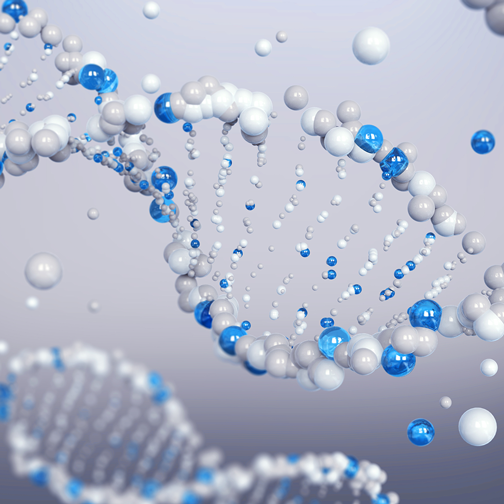Newly Diagnosed
If you are here at “First 30 Days” it most likely means you or someone you know and probably love, has been diagnosed with type 2 diabetes. Let us be the first to say, “We’re sorry,” but we are glad you have found your way here.
On this page you’ll find the following:
- The Basic Basics – what you need to know now
- The Next Layer – information for beyond the initial diagnosis
- Teaching type 2 to others – guides for anyone who needs to be in the know
- Personal stories – written about diagnosis plus additional support
The Basic Basics►
A diabetes diagnosis is overwhelming—some say like swimming with sharks. These Basic Basics are just that—the basics you need in the first few days of adjusting. There’s always more in-depth information available, but for now, here are our selections for getting out of the hospital or doctor’s office.
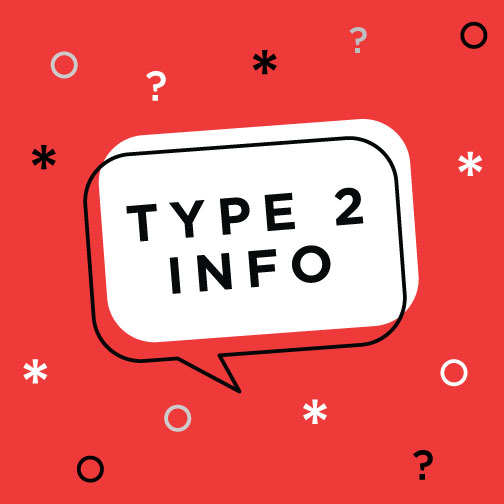
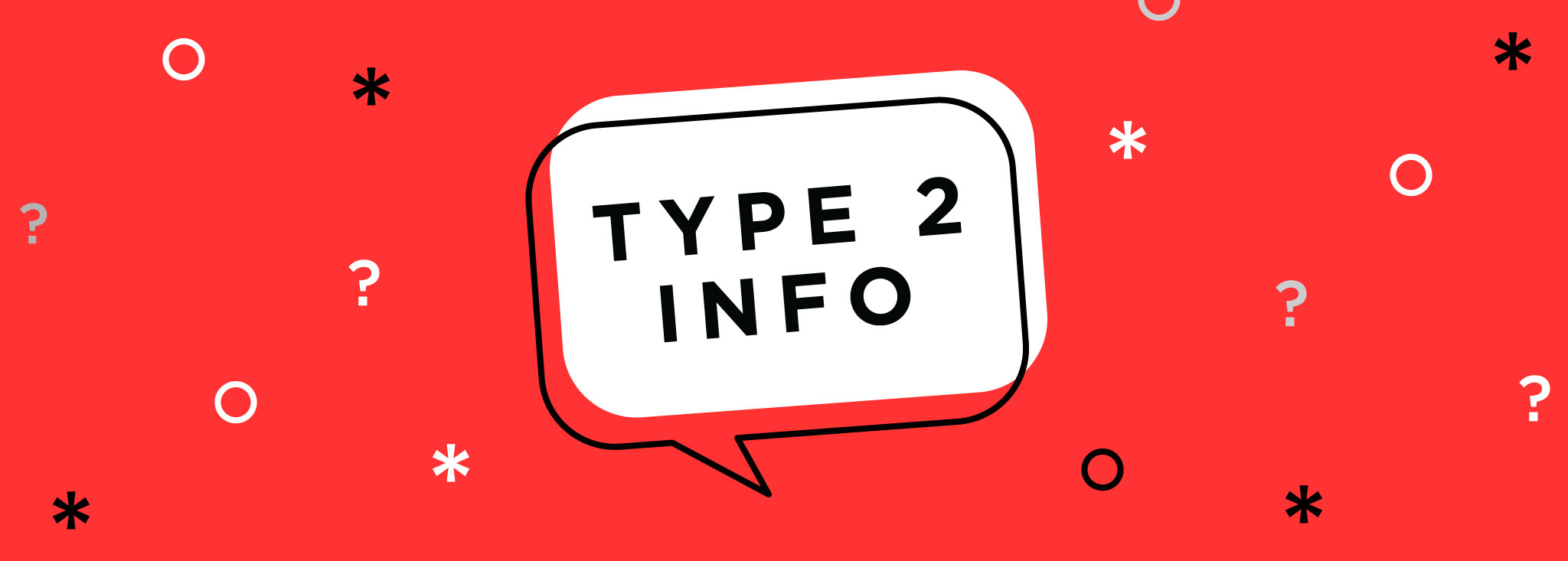
What is Type 2 Diabetes?
Type 2 diabetes occurs when the body cannot properly use insulin, a hormone that regulates blood sugar. This is also known as insulin resistance. LEARN MORE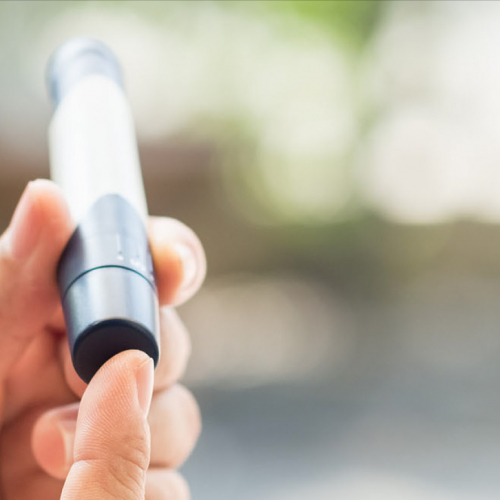
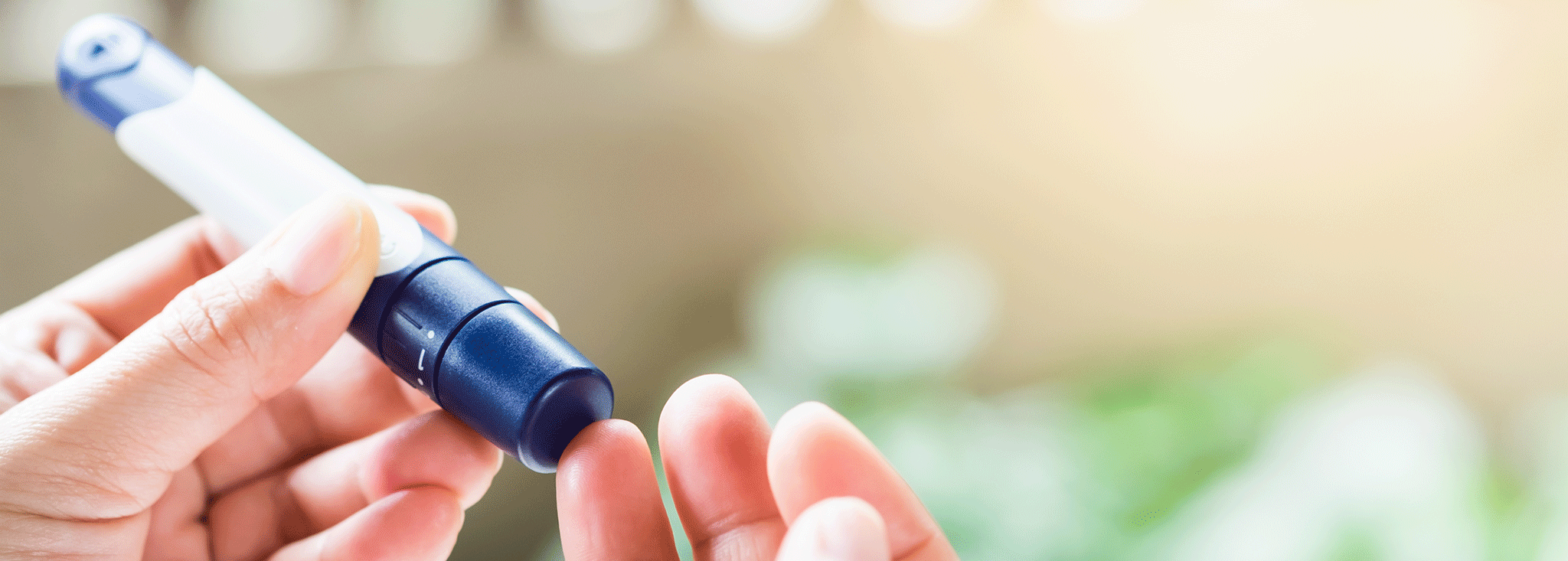
How Often Should You Check Your Blood Sugar?
Diabetes Canada, the American Association of Clinical Endocrinologists and the American Diabetes Association and recommend the following:LEARN MORE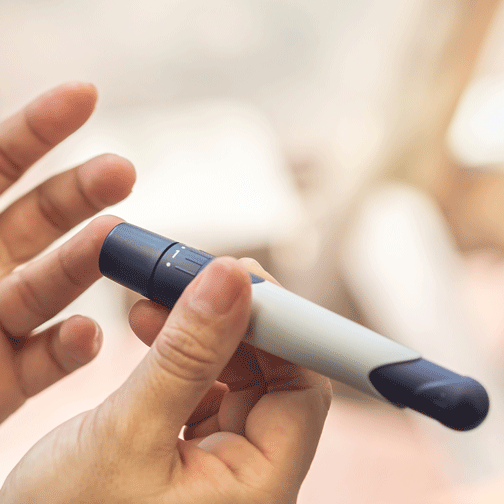
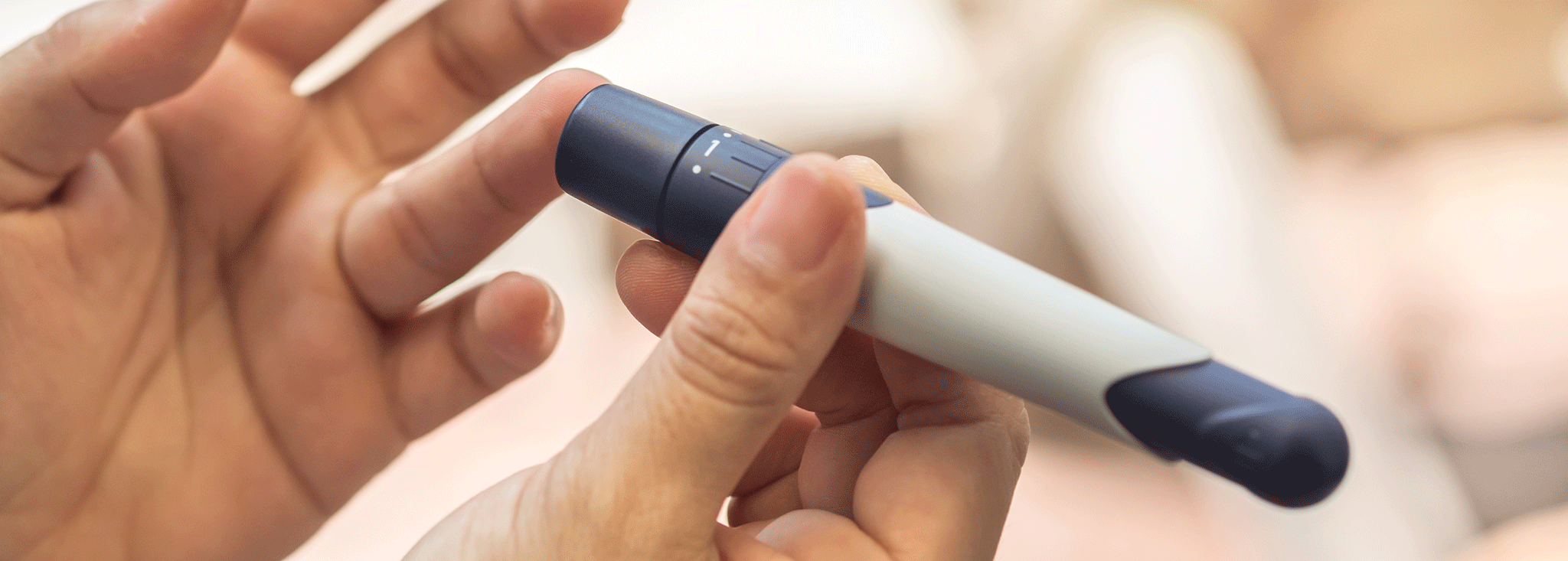
How to check blood sugar
Regular blood sugar monitoring is the most important thing you can do to manage type 2 diabetes. You’ll be able to see what makes your numbers go up or down, such as eating different foods, taking ...LEARN MORE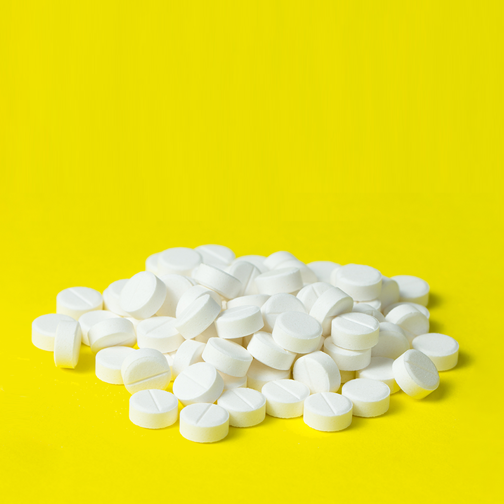

All about Metformin
Metformin belongs to the family of biguanides which are the drugs that increase insulin sensitivity and therefore have a beneficial effect in blood glucose management, particularly in insulin resistan...LEARN MORE

All About SGLT-2s
SGLT-2 Inhibitors are one of the treatment options to manage type 2 diabetes. Learn the brand names, benefits and side effects to taking this drug. LEARN MORE

All About Sulfonylureas (SFUs)
The first oral medications that, in addition to metformin, have been widely used for diabetes management were sulfonylureas, also known as (SFUs). Let's talk about them.LEARN MORE

Ask a CDCES: Why Was I Diagnosed with Type 2 Diabetes or Prediabetes?
Wonder why you were diagnosed with type 2 diabetes or prediabetes? We asked Diabetes care and education specialist, Jodi Lavin-Tompkins.LEARN MORE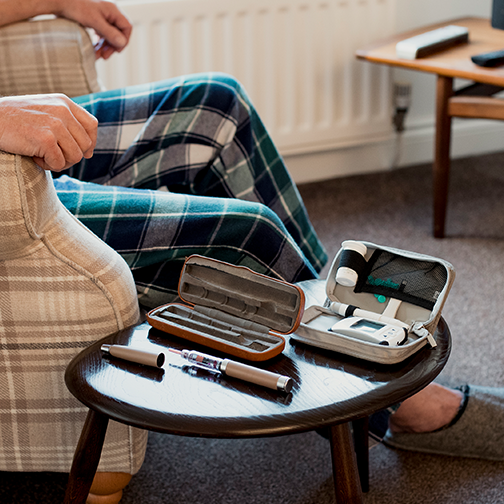
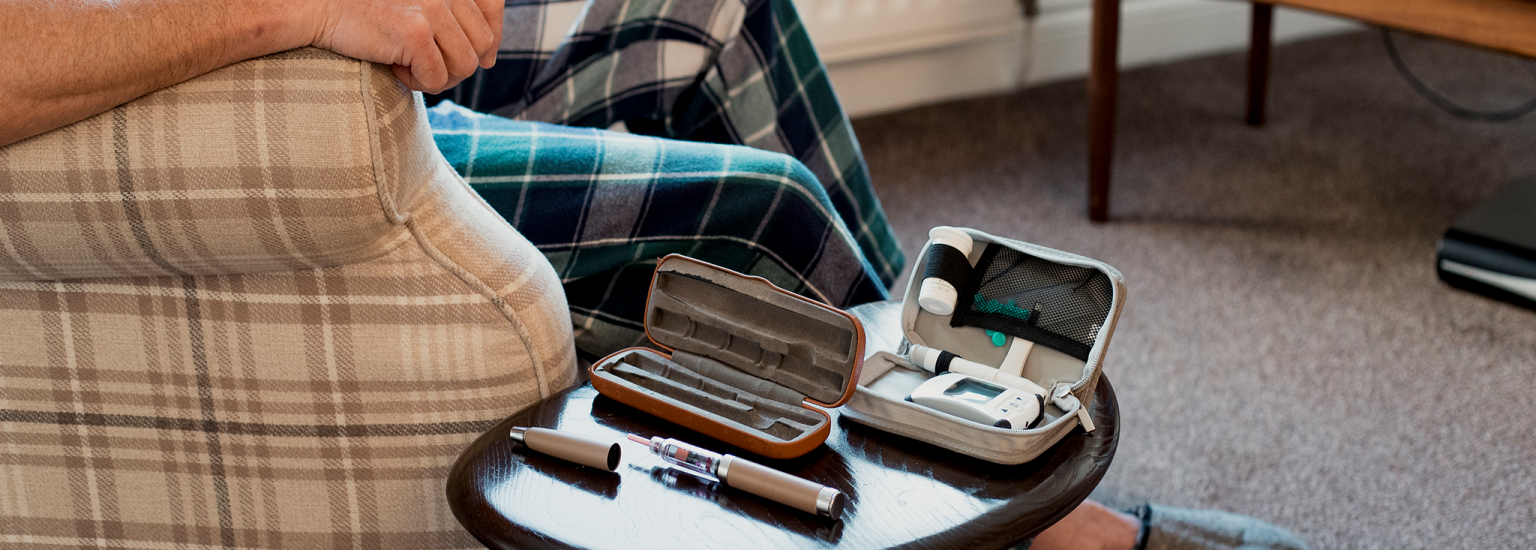
How to Stay Consistent with Diabetes Management
Managing diabetes is easier when you have a routine you can stick to. Learn how to stay consistent with diabetes management.LEARN MORE

Ask a DCES: What Can I Eat?
Being newly diagnosed with T2D can bring so many questions, particularly, "what can I eat?" Jodi explains how to approach food with diabetes.LEARN MORE

Just Diagnosed with Diabetes? Why and How to Find Mental Health Support
Just diagnosed with diabetes? No matter how you're feeling right now, you deserve help; here's how to find it.LEARN MORE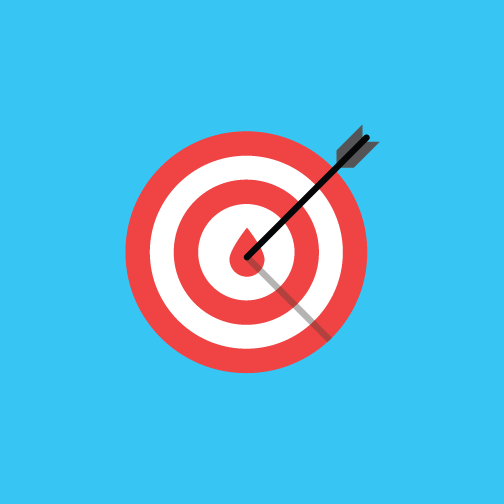

Learning About Blood Glucose Levels
Different studies and publications indicate that the appearance of complications will depend on monitoring blood sugar levels. To delay complications, it's vital that we work to maintain adequate...LEARN MORE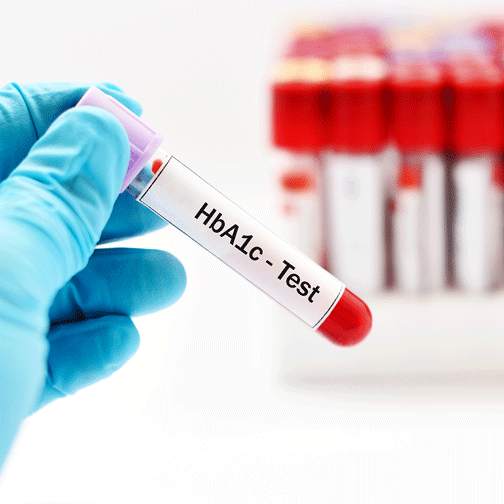
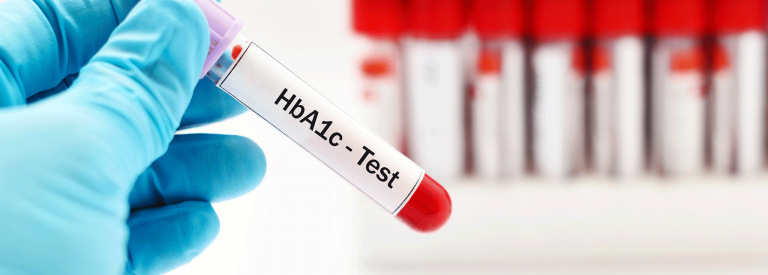
Understanding Your A1C
The A1C is a blood test that helps determine if your diabetes management plan is working well. It’s done every 2-3 months to find out what your average blood sugar has been.LEARN MORE

Symptoms of Type 2 Diabetes
Type 2 diabetes (T2D) is a chronic disease that affects the way the body metabolizes glucose. Those with T2D are finding that their body either resists the effects of the insulin they are producing or...LEARN MORE

Type 2 Diabetes: Where Do I Start?
You’ve just been diagnosed with Type 2 diabetes and you don’t know where to begin. The good news is, with just a few steps, you’ll begin to redefine normalcy and live a full life with diabetes.LEARN MORE

Just Diagnosed With Diabetes? Here’s Who You Need on Your Team
Just diagnosed with diabetes or feel like you need more support with an existing diagnosis? Remember—you don't have to do this alone.LEARN MOREThe Next Layer►
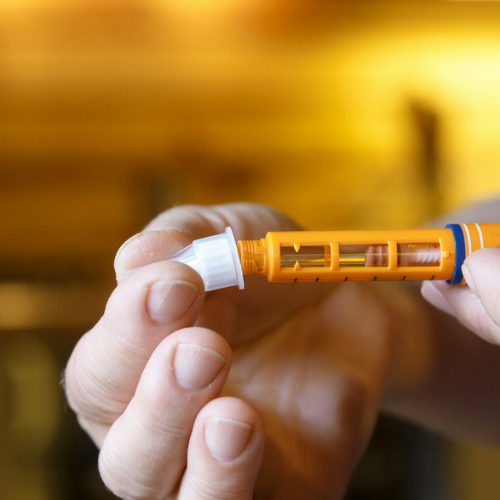
Insulin Delivery Methods
Today, there are a variety of insulin delivery methods to choose from as a person with Type 2 diabetes. Learn about your options here!LEARN MORE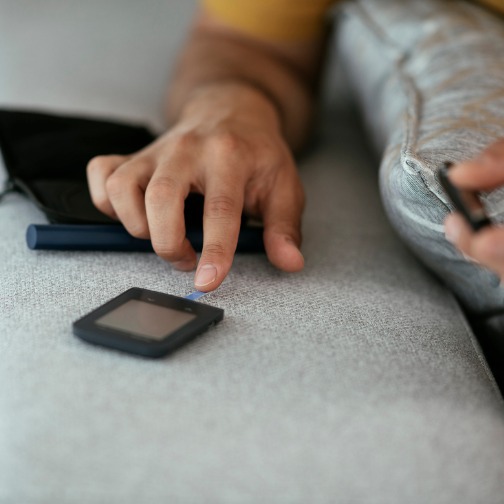
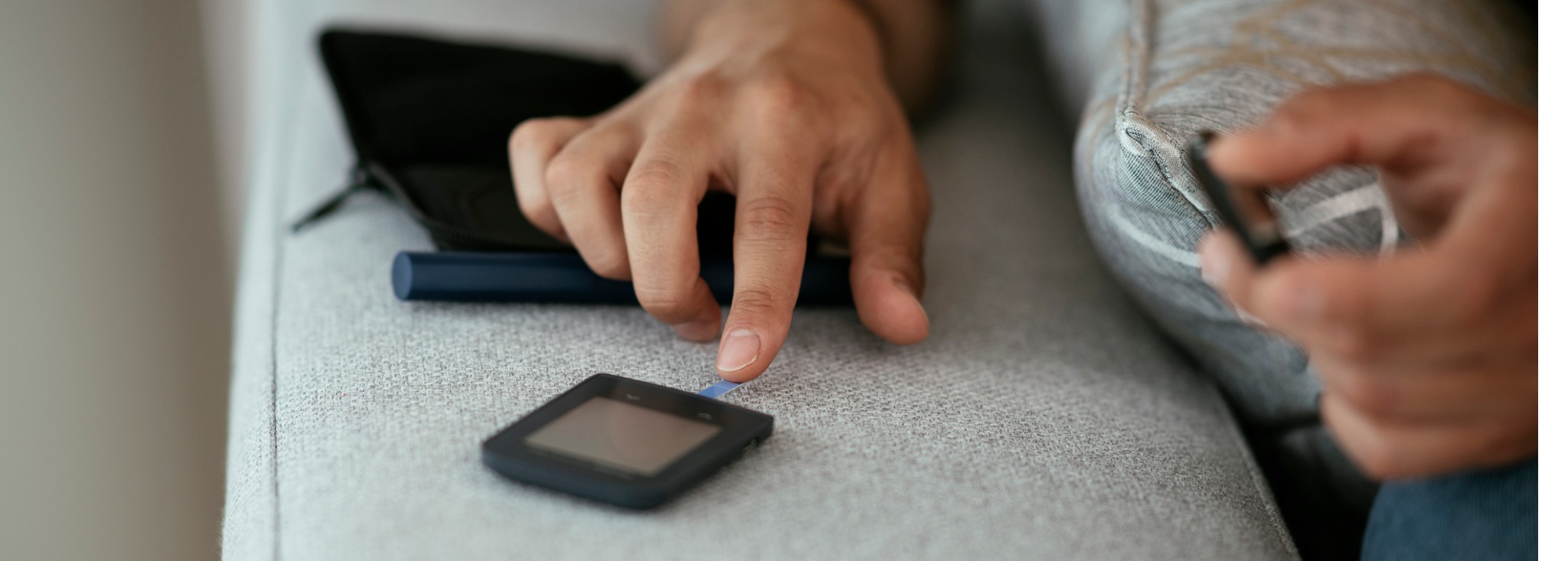
Alternate Blood Sugar Site Testing: What to Know
Did you know you can test your blood sugar in places other than your finger? Here's what to know about alternate site testing. LEARN MORE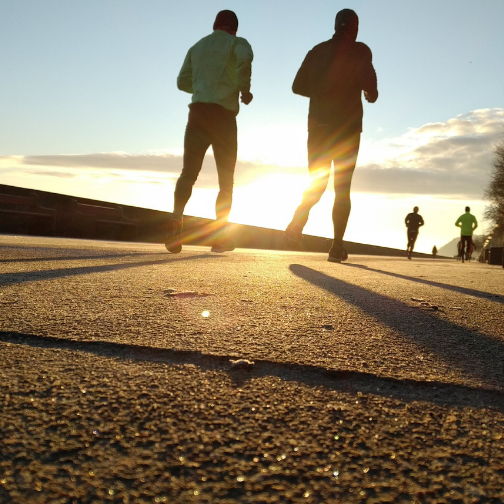

Blood Sugar Control—During and After Exercise
We walk you through different scenarios in which you can expect your blood sugar to rise or fall during and after exercise.LEARN MORE

Hyperglycemia and How to Treat It
High blood sugar is also called hyperglycemia. It means that your blood sugar levels are higher than your target levels. Having high blood sugar levels over time can lead to long-term, serious health ...LEARN MORE

Hypoglycemia and How to Treat It
Hypoglycemia, also known as low blood sugar, is when your blood sugar level drops below 72 mg/dL. Having low blood sugar is dangerous and needs to be treated right away. Left untreated, hypoglycemia c...LEARN MORETeaching Type 2 to Others►


What is Type 2 Diabetes?
Type 2 diabetes occurs when the body cannot properly use insulin, a hormone that regulates blood sugar. This is also known as insulin resistance. LEARN MORE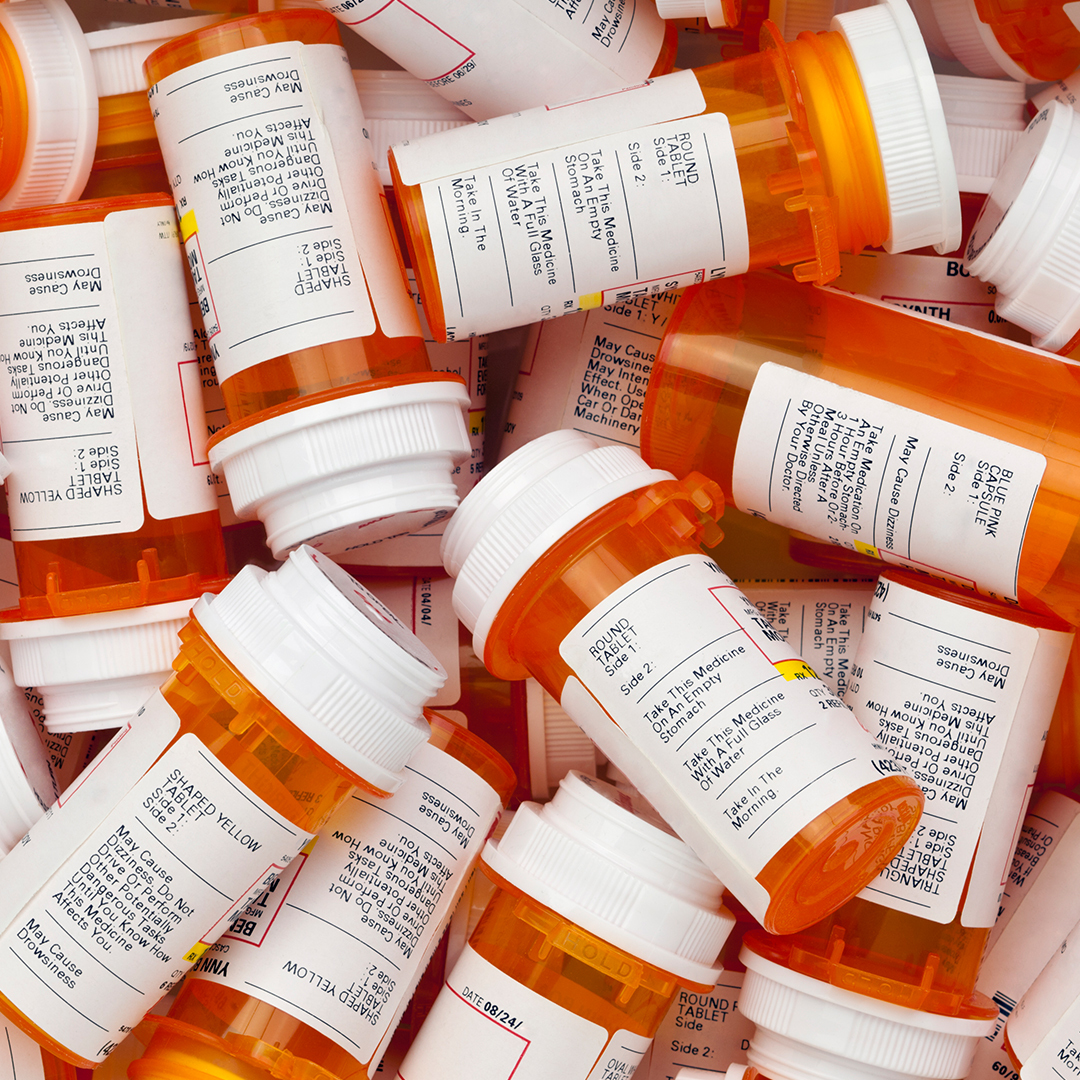
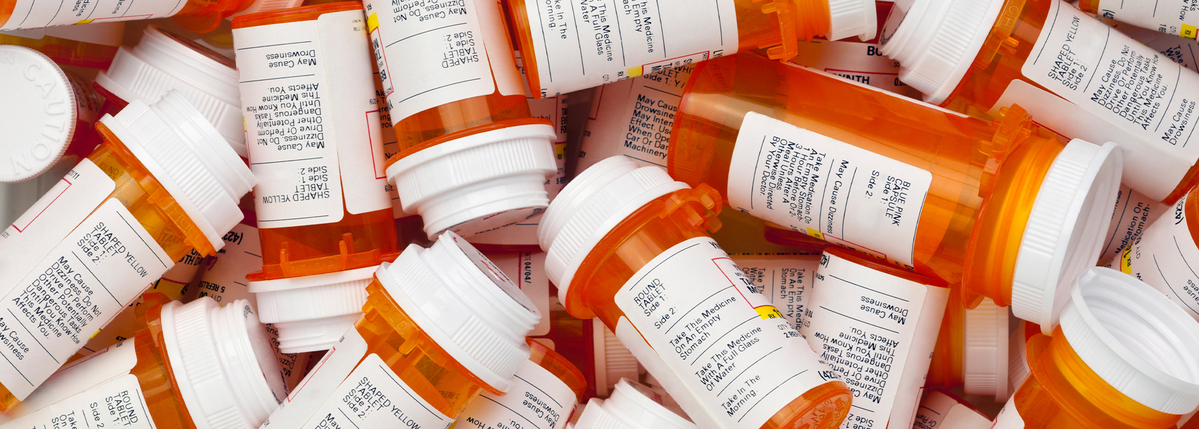
Medication Options for Type 2 Diabetes
There are so many treatment options for type 2 diabetes today—it can be a little overwhelming. But it’s really important to find what works for you!LEARN MORE

What to Expect As a New Diabetes Caregiver
No one expects a loved one to be diagnosed with type 2 diabetes. Here’s what you can expect when caring for someone living with diabetes. LEARN MORE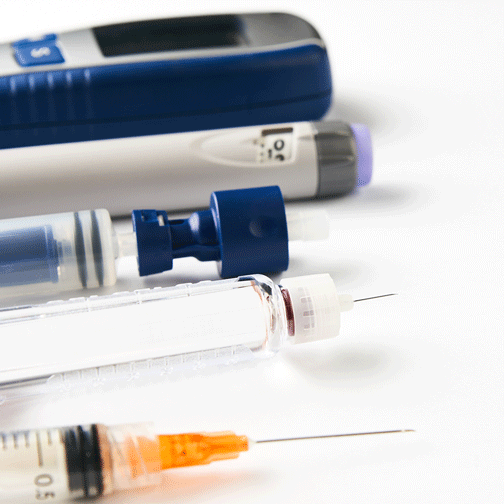
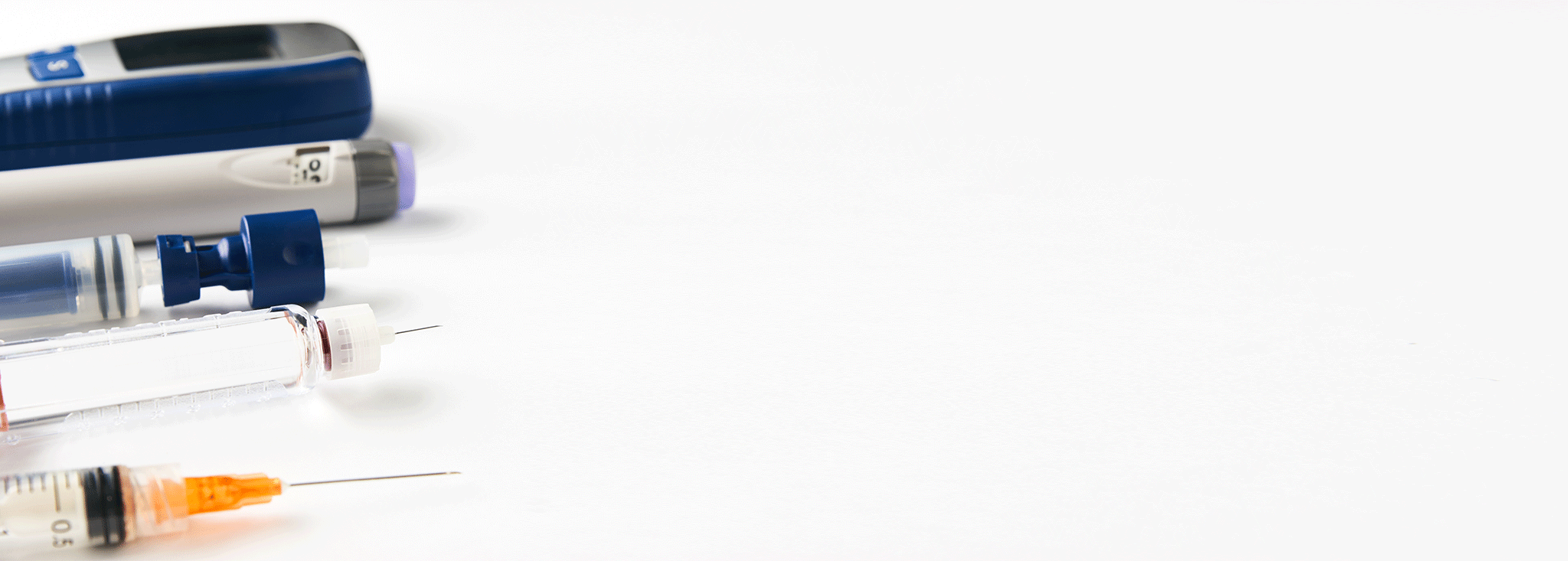
The Type 2 Guide to Insulin
Understanding the body's relationship with insulin is a crucial part of diabetes education.LEARN MOREStories►
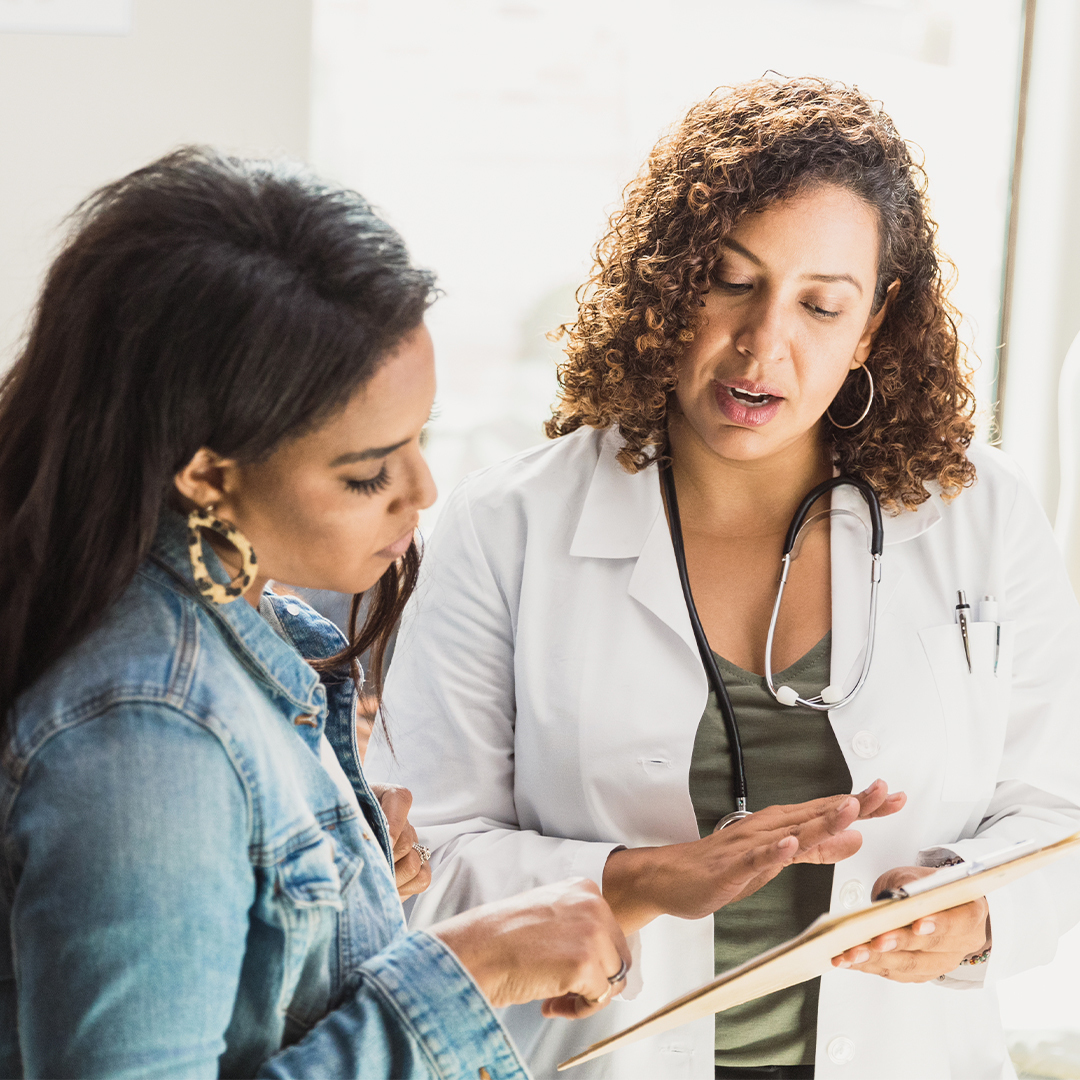

Double Diagnosis: Type 2 Diabetes + Common Complications
The day of your diabetes diagnosis can be especially overwhelming if it also comes with the discovery of other health concerns.LEARN MORE

How This Foodie Changed Her Diet After Being Diagnosed with Type 2 Diabetes
Chanel loves trying new foods and celebrating the classics. Here’s how she changed her diet to help manage her type 2 diabetes.LEARN MORE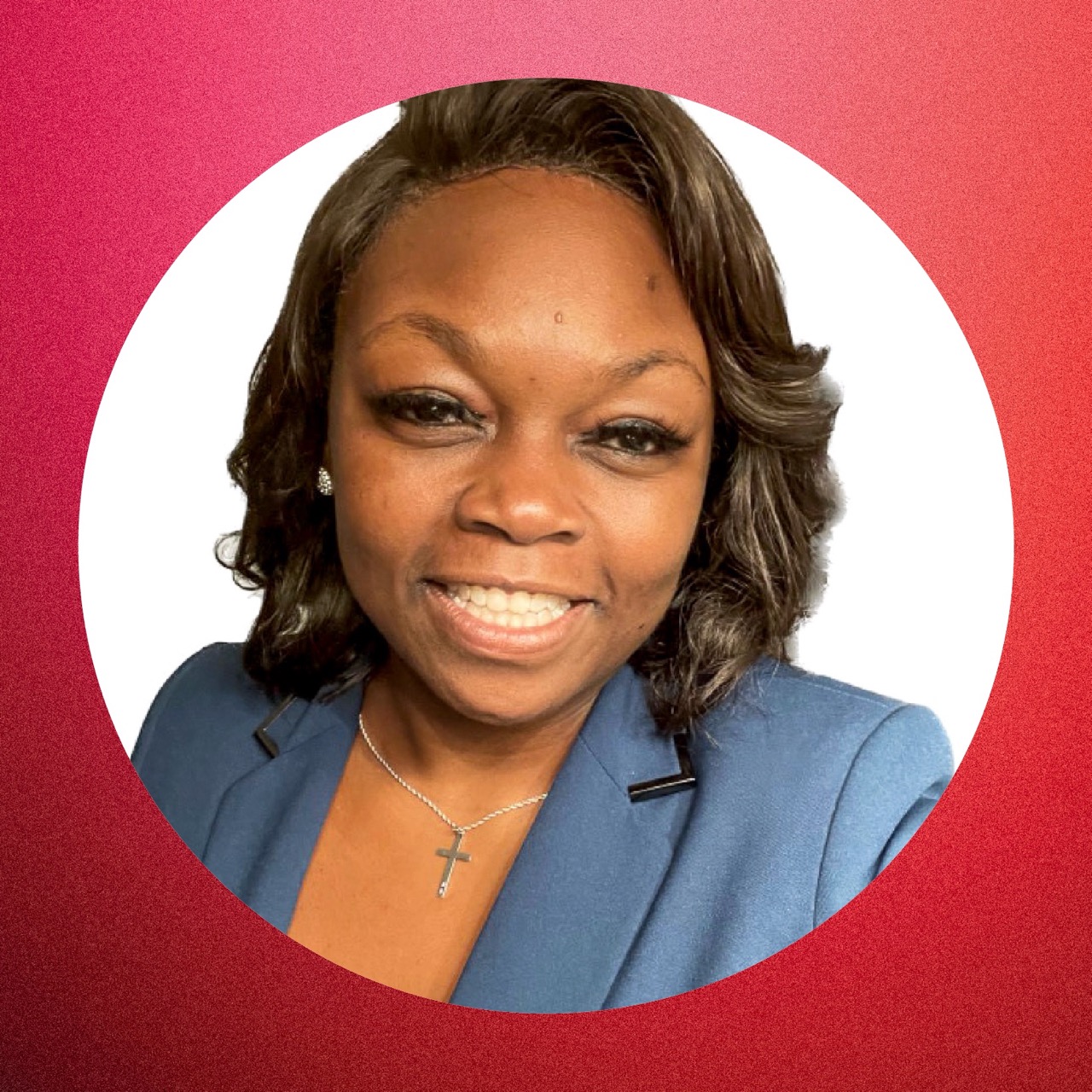

Serena’s Story: 5-Year Misdiagnosis + Living With Diabetic Retinopathy
After being misdiagnosed with type 1, Serena went blind with diabetic retinopathy. Read her inspiring story!LEARN MOREThese accounts of a type 2 diagnosis are written by people who have gone through it. They understand the wide range of emotions that one experiences —denial, anger, fear and grief. You might be just beginning your journey with this new reality, but others have gone before you and their stories can help light the way. Remember, you are not alone.
Check out the other personal experiences from others with type 2 diabetes here and our global social media campaign, #BeyondPowerful on Instagram.
Do you have a personal story you’d like to share? Follow this link to submit your story on how type 2 diabetes has impacted your life. Your story contributes to our growing community of people living with type 2 diabetes and brings a new perspective to our fight in redefining what it means to live with it.
Connect►
Find us on social media
Facebook – Beyond Type 2
Twitter – @beyondtype2
Instagram – @beyondtype2
Find us in español
Facebook – @beyondtype2ESP
Our other T2 programs
EsTuDiabetes www.estudiabetes.org
TuDiabetes www.tudiabetes.org
Our website is full of useful guides and personal stories from all walks of life. You’ve just started, so try to not get too overwhelmed. Take it one day at a time! And don’t forget to give yourself a break—it’s a lot to take in. We know, because we’ve been there.


